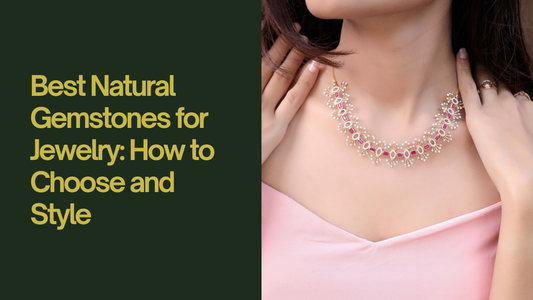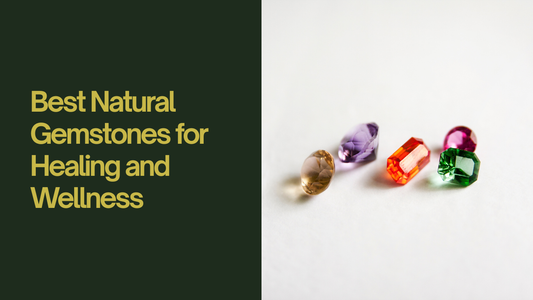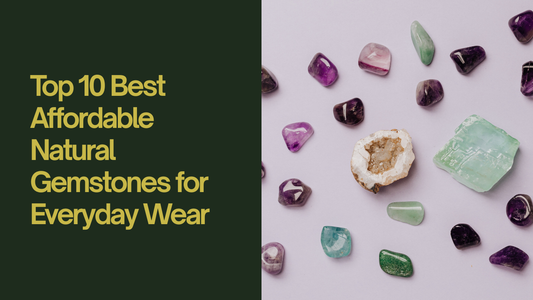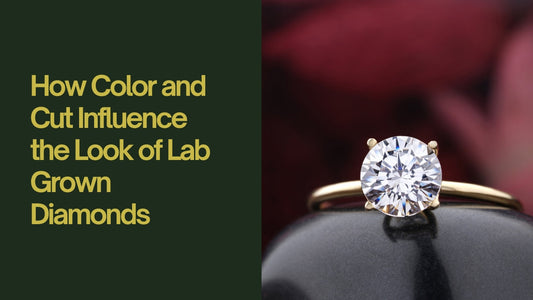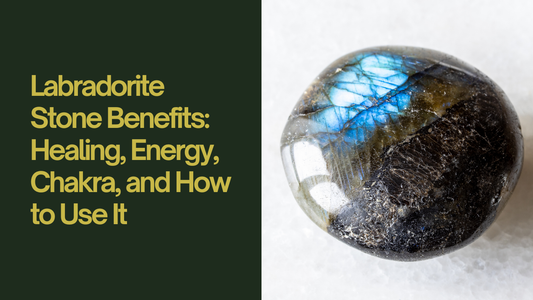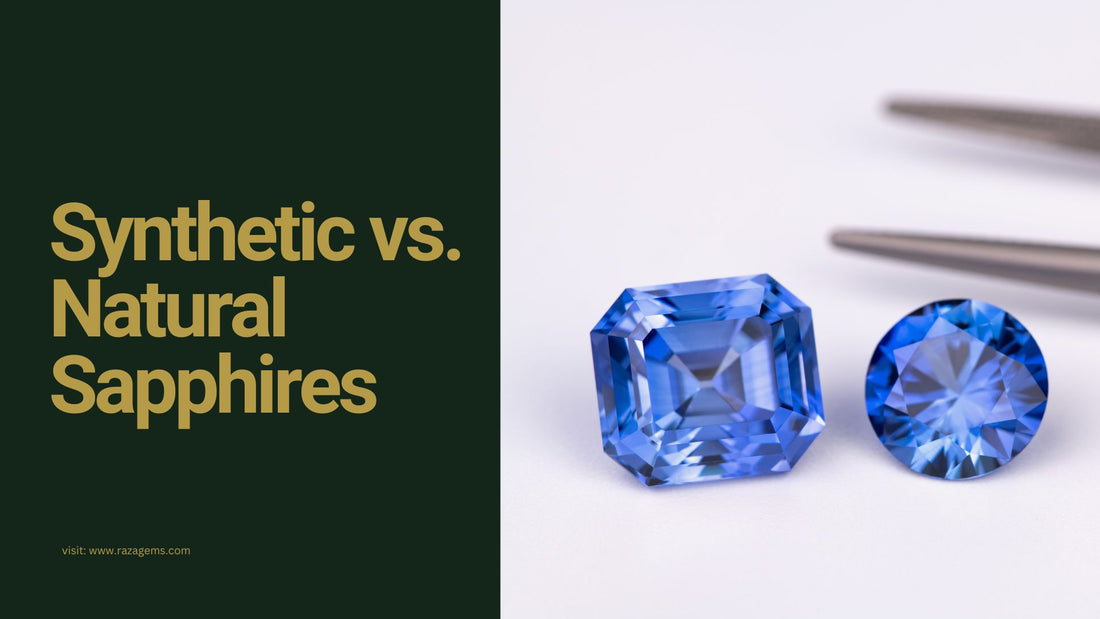
Synthetic vs. Natural Sapphires: How to Tell the Difference
Sapphires are precious and beautiful gemstones that have been cherished for centuries. They are known for their stunning colors, especially blue, and are used in all kinds of jewelry, from rings to necklaces. But did you know that sapphires can be both natural and synthetic? In this blog, we will explore the differences between natural and synthetic sapphires and how you can tell them apart.
Let’s get started!
1. What Are Natural Sapphires?
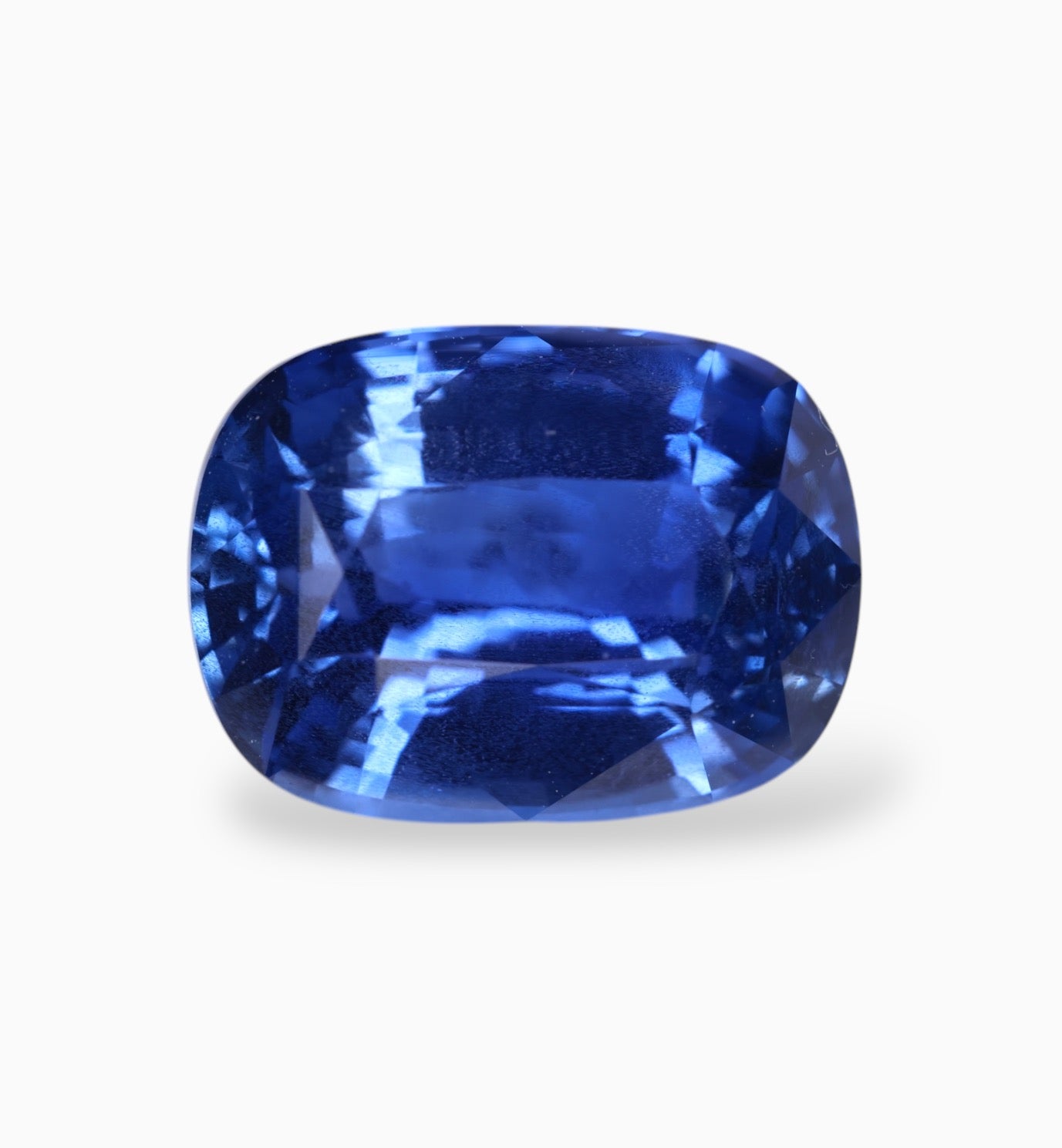
Natural sapphires are gemstones that are formed in the earth over millions of years. These stones are created by heat and pressure deep within the earth’s crust. As molten rock cools, crystals form, and in certain conditions, sapphires are created. Natural sapphires are mined from the ground, in places like Sri Lanka, Myanmar, and Madagascar.
Natural sapphires often have tiny imperfections inside them called inclusions. These are small marks or particles that are trapped inside the stone as it forms. These inclusions are natural and show that the sapphire was formed in the earth. Every natural sapphire is unique, with its own color variations and internal patterns.
2. What Are Synthetic Sapphires?
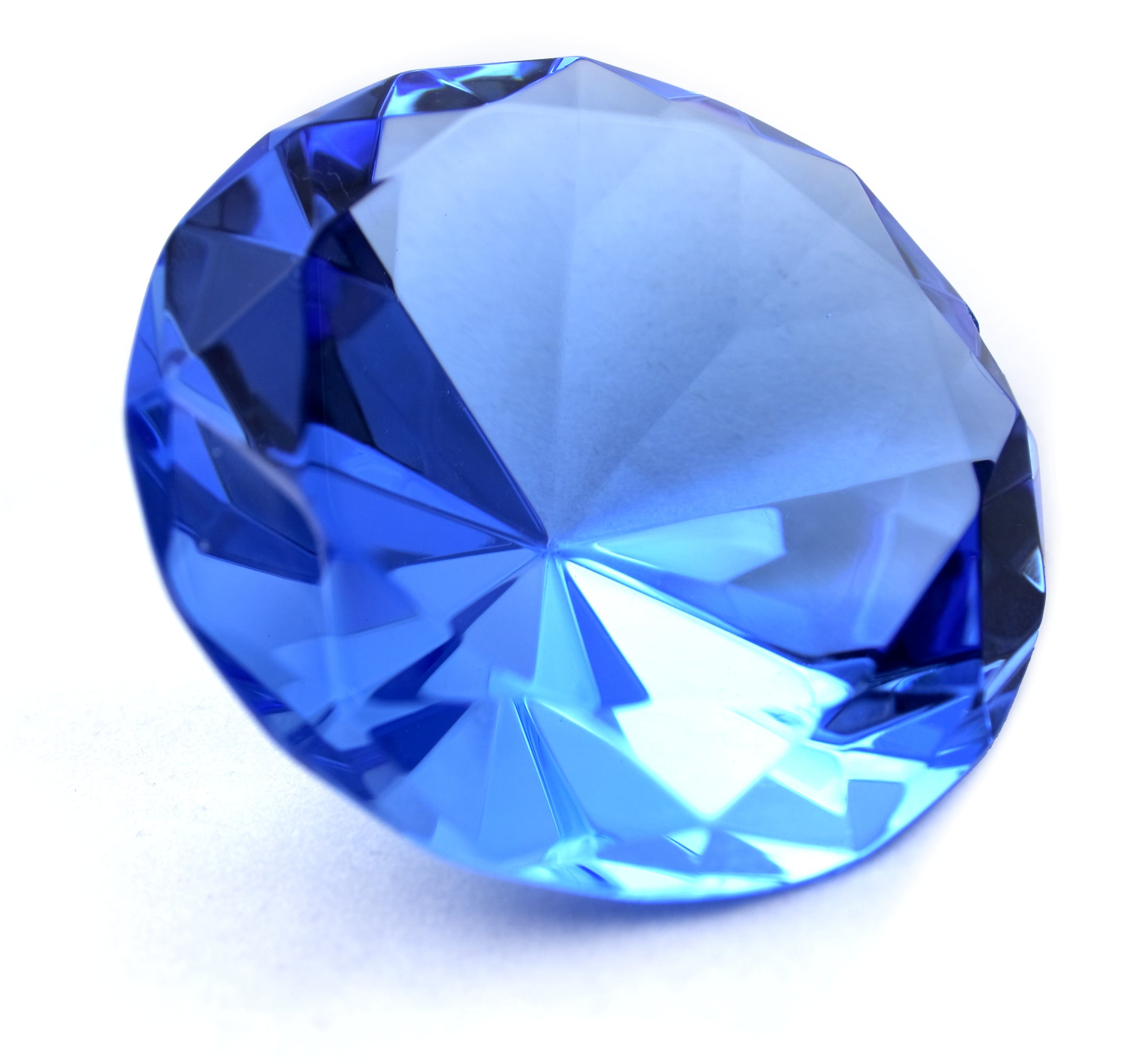
Synthetic sapphires are man-made stones. Scientists can create sapphires in a laboratory using a process that mimics the natural formation of sapphires. These synthetic sapphires are made with the same chemicals and have the same hardness and brilliance as natural sapphires. The big difference is that synthetic sapphires take weeks or months to form, not millions of years.
Because they are made in a controlled environment, synthetic sapphires are usually free from inclusions and have a more perfect appearance. They also tend to be cheaper than natural sapphires because they are easier to produce.
3. How to Tell the Difference Between Synthetic and Natural Sapphires

It can be difficult to tell the difference between natural and synthetic sapphires just by looking at them. Both stones look very similar, but there are some key differences that gemologists (experts who study gemstones) use to identify them.
a. Inclusions
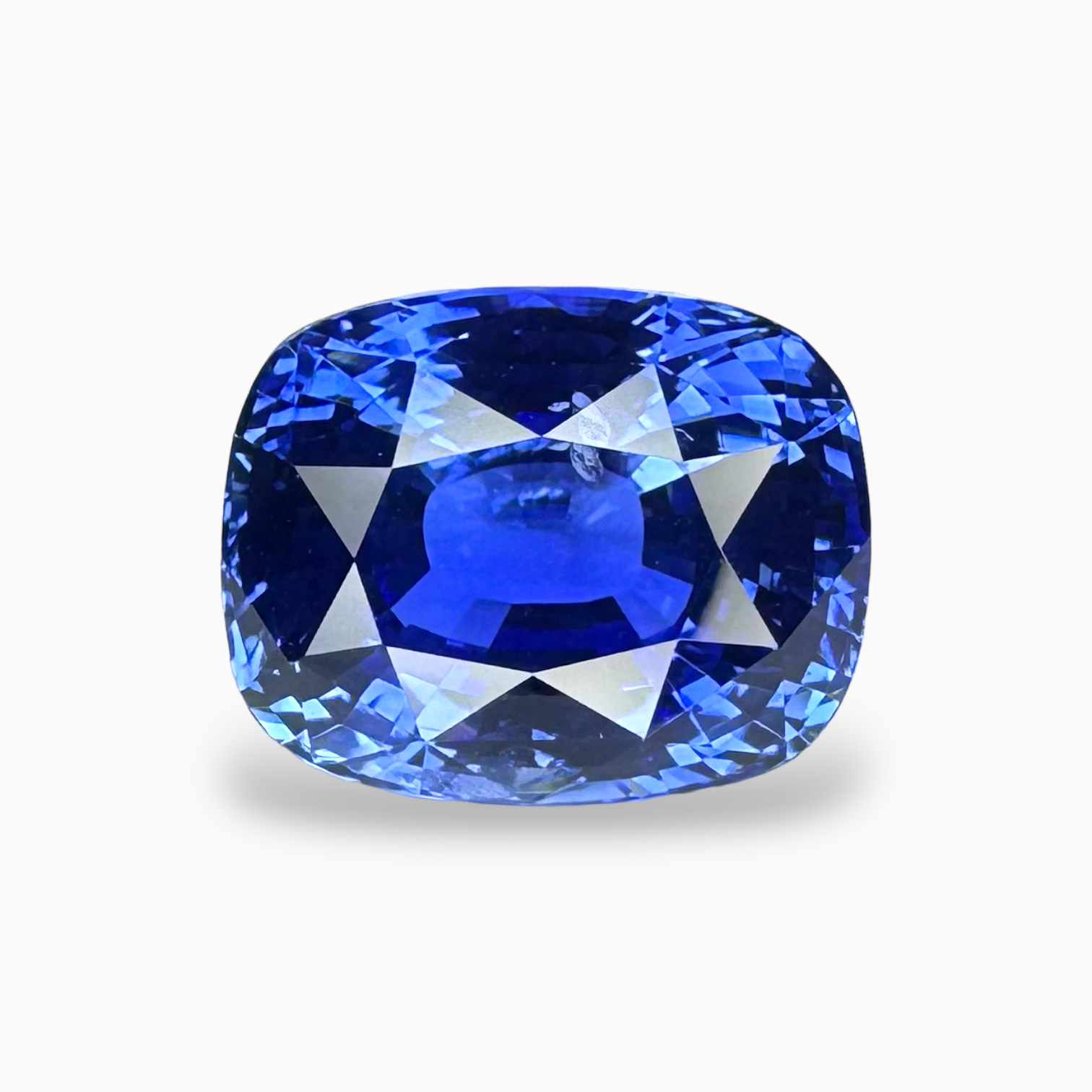
As mentioned earlier, natural sapphires usually have inclusions, while synthetic sapphires are often free from them. When you look at a sapphire under a microscope, you can see these tiny imperfections in a natural stone. Synthetic sapphires, on the other hand, are made in a controlled lab, so they are more likely to be clear and flawless.
However, some high-quality synthetic sapphires can have inclusions, so this is not always the only way to tell the difference.
b. Growth Patterns
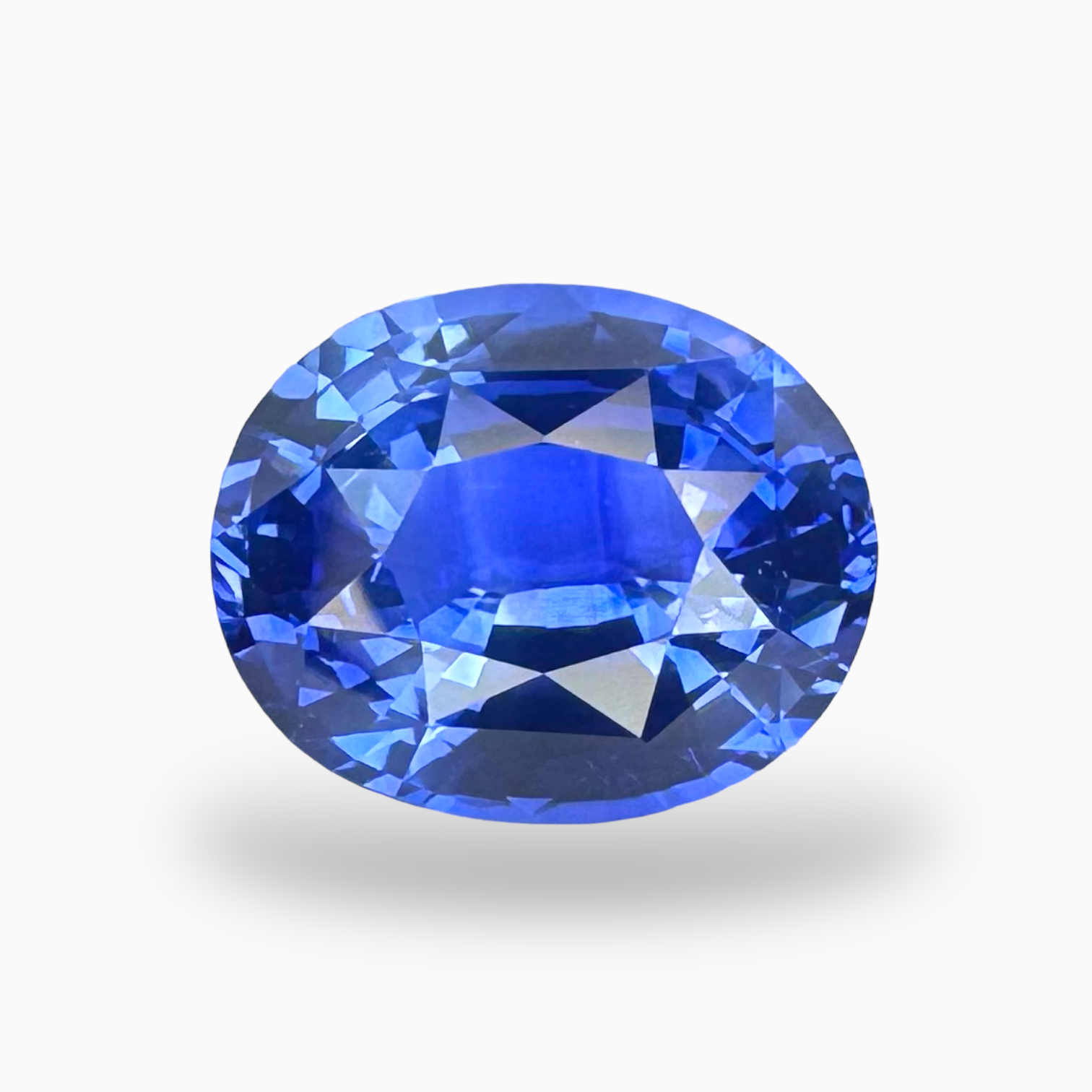
When a natural sapphire forms in the earth, it develops unique growth patterns. These are the result of how the crystal grew over time, and they are often visible under a microscope. Synthetic sapphires, while similar, can show different patterns because they are made using different processes.
Natural sapphires might show hexagonal growth patterns or lines, while synthetic sapphires can show curved growth lines due to the way they were made in the lab.
c. Color

The color of a sapphire can also be a clue. Natural sapphires often have color zoning, meaning the color can vary within the stone. For example, a natural blue sapphire might have lighter and darker areas in the same gem. Synthetic sapphires tend to have more uniform color because they are made in a lab where the conditions are controlled.
However, this isn’t a perfect test. Some natural sapphires have very even color, and some synthetic ones can have zoning.
d. Price
One of the easiest ways to tell the difference between natural stone and synthetic sapphires is by the price. Natural sapphires, especially high-quality ones, are much more expensive than synthetic sapphires. Because natural sapphires are rarer and take millions of years to form, they are considered more valuable.
If you see a sapphire being sold for a very low price, it is likely synthetic. Always be cautious and ask for a certificate of authenticity when buying a sapphire.
e. Lab Testing
For an absolute answer, gemologists can use special equipment to test sapphires. These tests can identify the chemical composition, inclusions, and other factors to determine if a sapphire is natural or synthetic. If you want to be 100% sure about your sapphire, it's best to take it to a certified gemologist.
4. Why Choose Natural or Synthetic Sapphires?
Both natural and synthetic sapphires are beautiful and have their own advantages. Let’s look at why someone might choose one over the other:
a. Natural Sapphires
- Unique Beauty: Every natural sapphire is one of a kind. The inclusions, color, and patterns are all unique to each stone.
- Rarity: Natural sapphires are rarer and have been formed over millions of years, making them a prized possession for many gemstone lovers.
- Value: Because they are rare, natural sapphires are often more valuable than synthetic ones. They can also become family heirlooms, passed down from generation to generation.
b. Synthetic Sapphires
- Affordability: Synthetic sapphires are much more affordable than natural ones, making them a great option for people who want the look and feel of a sapphire without the high price.
- Perfect Appearance: Many synthetic sapphires have fewer imperfections and are often brighter and clearer than natural ones.
- Ethical Choice: Because synthetic sapphires are made in a lab, there is no need for mining, making them an environmentally friendly and ethical choice for some buyers.
Conclusion
In the world of gemstones, both natural and synthetic sapphires have their place. Natural sapphires are rare and valuable, with unique characteristics that make each stone special. Synthetic sapphires offer an affordable alternative with the same beauty and durability, but with fewer imperfections.
When choosing between a natural and synthetic sapphire, it’s important to consider your budget, the appearance you prefer, and whether you want a stone with natural origins or one created in a lab. Either way, a sapphire is a stunning gemstone that can add beauty and elegance to any piece of jewelry.
If you’re still unsure, a professional gemologist can help you identify and choose the right sapphire for your needs.

